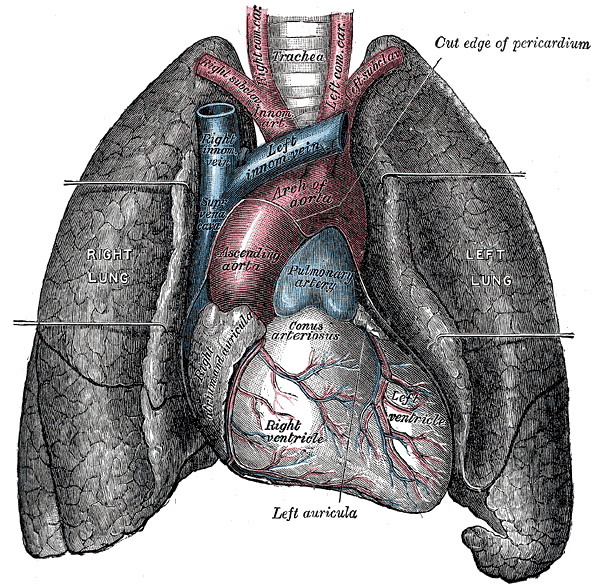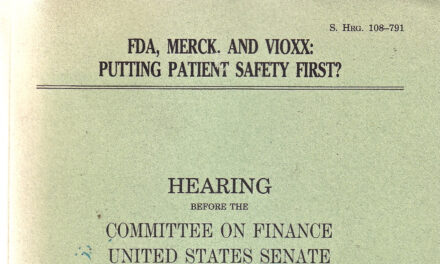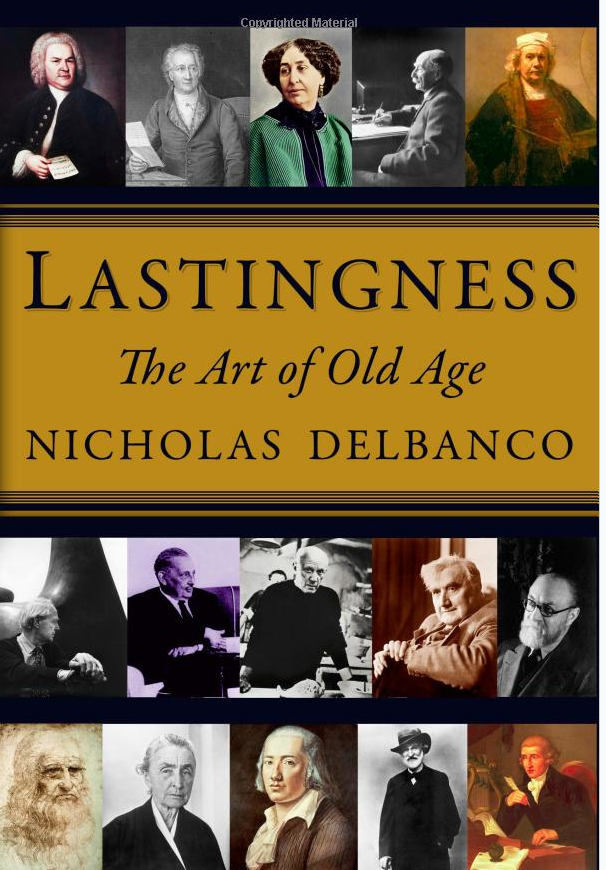More Research is Needed, according to this paper published January 23 on the website of Annals of Internal Medicine:
Associations Between Marijuana Use and Cardiovascular Risk Factors and Outcomes: A Systematic Review by Divya Ravi, MD, MPH; Mehrnaz Ghasemiesfe, MD; Deborah Korenstein, MD; Thomas Cascino, MD; and Salomeh Keyhani, MD, MPH
Background: Marijuana use is increasing in the United States, and its effect on cardiovascular health is unknown.
Purpose: To review harms and benefits of marijuana use in relation to cardiovascular risk factors and clinical outcomes.
Data Sources: PubMed, MEDLINE, EMBASE, PsycINFO, and the Cochrane Library between 1 January 1975 and 30 September 2017.
Study Selection: Observational studies that were published in English, enrolled adults using any form of marijuana, and reported on vascular risk factors (hyperglycemia, diabetes, dyslipidemia, and obesity) or on outcomes (stroke, myocardial infarction, cardiovascular mortality, and all-cause mortality in cardiovascular cohorts).
Data Extraction: Study characteristics and quality were assessed by 4 reviewers independently; strength of evidence for each outcome was graded by consensus.
Data Synthesis: 13 and 11 studies examined associations between marijuana use and cardiovascular risk factors and clinical outcomes, respectively. Although 6 studies suggested a metabolic benefit from marijuana use, they were based on cross-sectional designs and were not supported by prospective studies. Evidence examining the effect of marijuana on diabetes, dyslipidemia, acute myocardial infarction, stroke, or cardiovascular and all-cause mortality was insufficient. Although the current literature includes several long-term prospective studies, they are limited by recall bias, inadequate exposure assessment, minimal marijuana exposure, and a predominance of low-risk cohorts.
Limitation: Poor- or moderate-quality data, inadequate assessment of marijuana exposure and minimal exposure in the populations studied, and variation in study design.
Conclusion: Evidence examining the effect of marijuana on cardiovascular risk factors and outcomes, including stroke and myocardial infarction, is insufficient.
Primary Funding Source: National Heart, Lung, and Blood Institute. (PROSPERO: CRD42016051297)
Ann Intern Med. doi:10.7326/M17-1548 Annals.org
It was somewhat jarring to read, “The active ingredient in marijuana is Δ9-tetrahydrocannabinol (THC).” Ravi et al and their reviewers obviously know that the herb contains numerous active compounds. Their reference is to the 1964 paper by Gaoni and Mechoulam describing the structure of the psychoactive component, THC. Much has been learned about Cannabis since then. One wonders if the authors’ reference to a 1988 paper co-authored by Donald Tashkin is similarly outdated by subsequent findings.
Also jarring: “The exposure criterion was any form of marijuana (plant or pharmaceutical).” Bear in mind that Ravi et al are passing judgment on the quality of the evidence they’re reviewing. It seems to this lame-man that lumping single-molecule synthetics with the Cannabis plant and its hundreds of biologically active compounds is low-quality logic.
Ravi et al succeed in conveying the complexity of the question they’re addressing. More research will always be needed to measure the numerous direct and indirect benefits and risks of cannabinoid use to the heart. MRIN is an eternal truth. —FG





